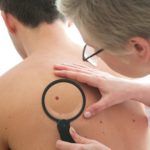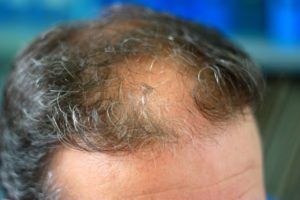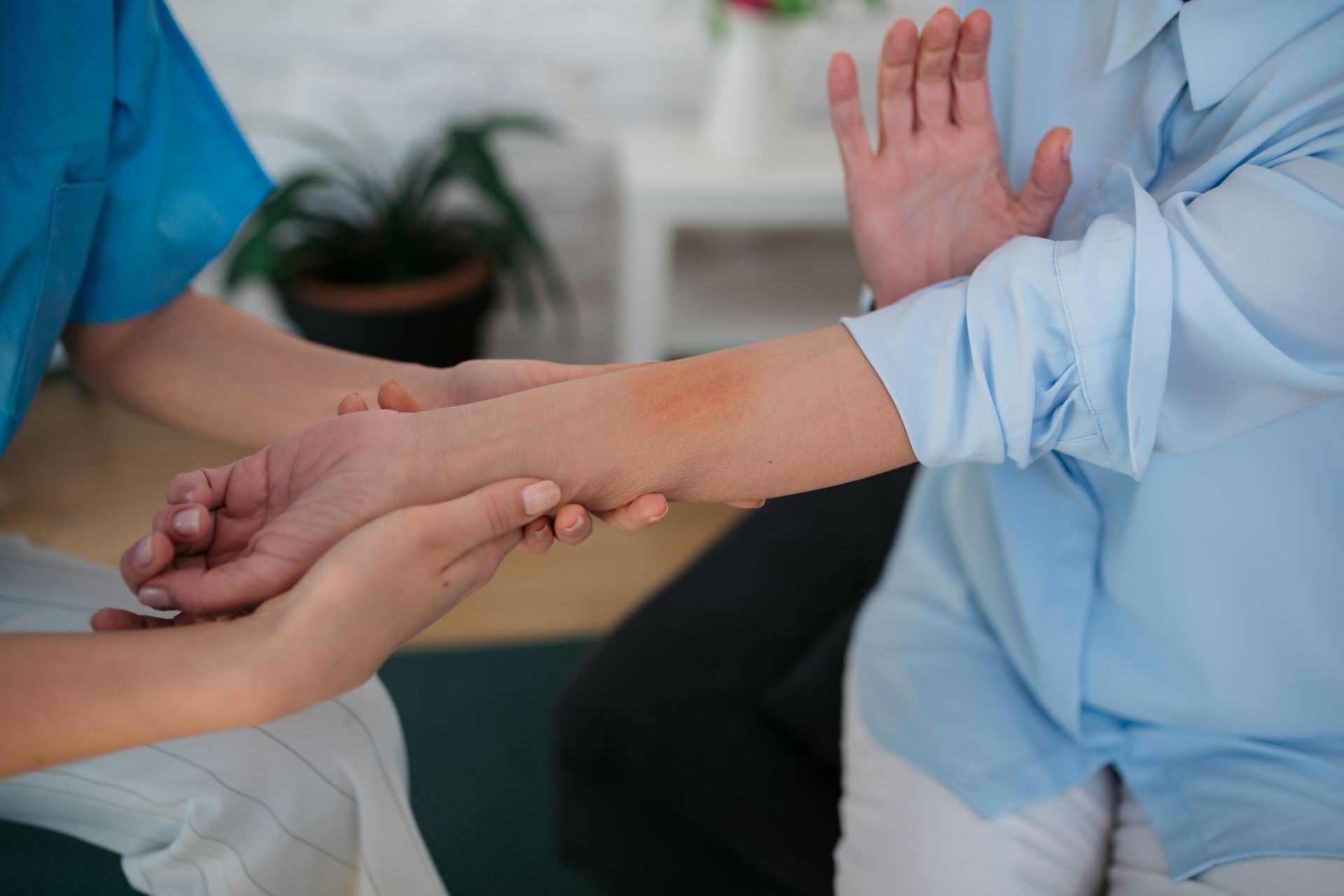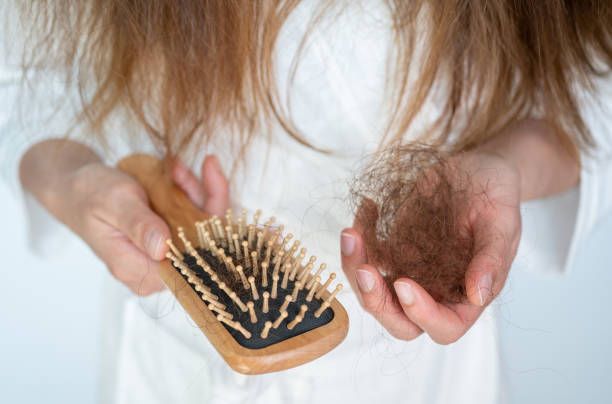Frequently Asked Questions About Traction Alopecia
Alopecia (hair loss) can occur for a wide variety of reasons, from hormonal changes and chemotherapy treatment to genetic predisposition or even unconscious hair pulling. However, another type of hair loss, traction alopecia, can sneak up on you if you regularly wear your hair in styles that place the follicles under tension.
Fortunately, you can protect your hair against this problem once you understand exactly what causes it, what symptoms to watch out for, how medical treatment can help, and how to avoid damaging your hair follicles. Take a look at the answers to some frequently asked questions about traction alopecia.
Why Do People Develop Traction Alopecia?
To understand why traction alopecia occurs, you must first understand the normal hair growth and hair loss cycle. Hair grows during a cycle called anagen. Growth slows during catagen before the hair settles into a resting phase called telogen, followed by a shedding phase called exogen.
In traction alopecia, a tight hairstyle or beard style that tugs on the hair follicles disrupts this cycle. You end up with fewer hairs in the anagen phase and a disproportionately large number of hairs in the catagen and telogen phases. Since exogen always follows telogen, you end up losing hair faster than your scalp can replace it.
Hairstyles that commonly cause traction alopecia include tight braids, cornrows, chignon, ponytails, buns, and dreadlocks. Weaves and extensions can also put your hair follicles under abnormal stress. The weight from exceptionally long hair, or long hair that gets tightly bundled beneath a hat, may also trigger traction alopecia.
What Symptoms Can Traction Alopecia Produce?
The classic symptom of traction alopecia involves hair loss around the side and front fringes of the scalp. However, you may see it on the top or back of your head if your hairstyle injures follicles in those regions. Instead of normal hair regrowth, you may see light, fuzzy hairs called vellum hairs growing in these spots.
The patches of skin exposed by traction alopecia may also display symptoms. The affected part of the scalp may develop pimples, ulcers, scales, redness, and scarring. These areas of irritated skin can also cause itching or pain.
How Do Dermatologists Treat Traction Alopecia?
Your dermatologist may diagnose traction alopecia simply by noting the hair loss pattern associated with your chosen hairstyle. Additional examinations of your scalp, hair, and medical history can eliminate other possible underlying causes. A confirmed diagnosis enables the dermatologist to move forward with the correct treatment.
Your treatment will depend partly on the severity of your scalp symptoms. For instance, if your scalp displays pain and swelling, you may need topical steroids to get inflammation under control. If your scalp has developed ulcerated areas, antibiotics can help prevent these areas from getting infected.
As long as you get treatment for traction alopecia in its early stages, your scalp should eventually resume normal hair growth to fill out the bald patches. If your follicles could use some extra help, your dermatologist may prescribe medication to assist that process. You might also need to take a hair-strengthening biotin supplement.
How Can You Keep Traction Alopecia From Recurring?
If you want to get over your traction alopecia and keep it from coming back, you must discontinue or modify whatever practices created the condition in the first place. Avoid tight hairstyles, or at least rotate multiple hairstyles regularly to keep any one part of your scalp from suffering undue strain.
You can stop traction alopecia before it really starts by paying careful attention to the state of your hair and scalp. If you notice any signs of thinning or broken hair, skin damage, or discomfort, change your hairstyle or hat-wearing routine immediately. Leave any chemical treatments or weave installations to skilled professional stylists.
If you suspect that your hair loss stems from traction alopecia, talk to the skin and hair specialists at East Carolina Dermatology and Skin Surgery, PLLC. We can confirm the reason for your hair loss, administer any necessary treatment, and guide you toward healthier, fuller hair going forward. Contact our clinic for an appointment.










